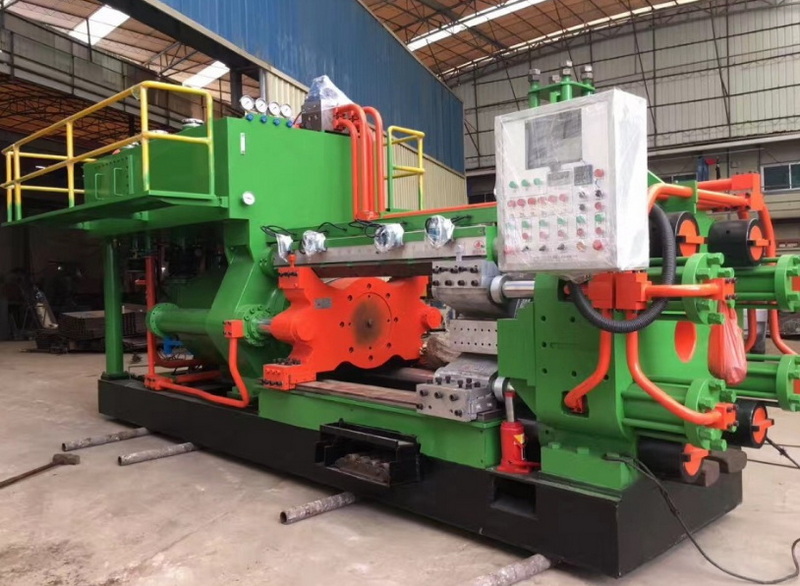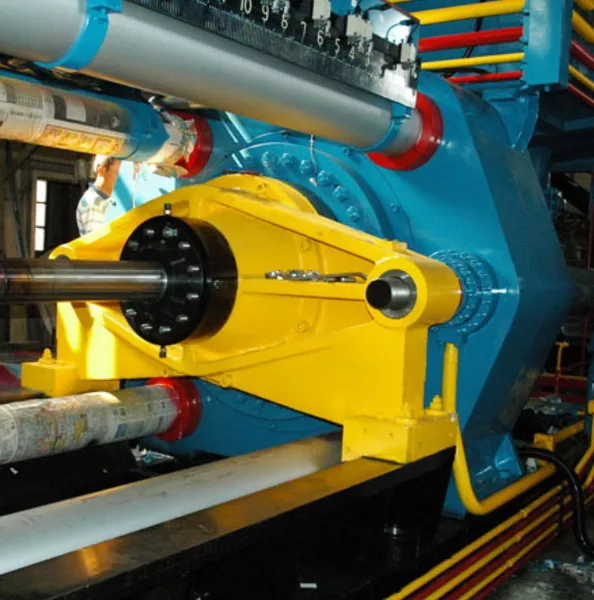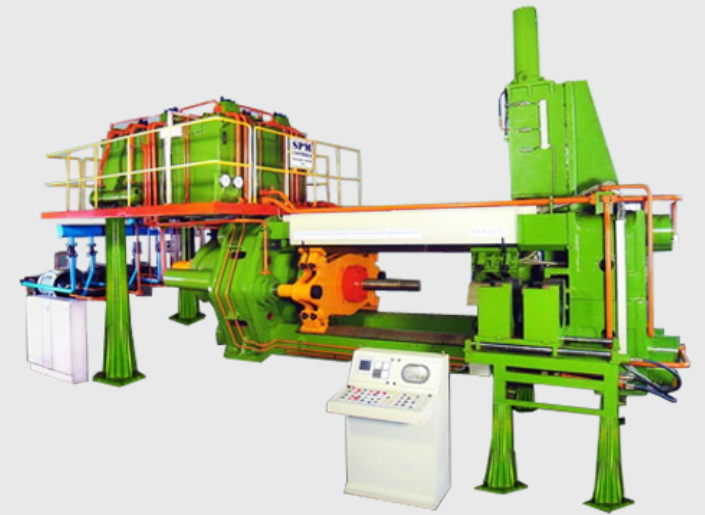Content Menu
● Introduction to Extrusion Mixing
>> Dispersive and Distributive Mixing
● Twin-Screw Extruders for Enhanced Mixing
>> Advantages of Twin-Screw Extruders
>> Co-Rotating vs. Counter-Rotating Twin-Screw Extruders
● Single-Screw Extruders and Mixing Challenges
>> Limitations of Single-Screw Extruders
>> Enhancing Mixing in Single-Screw Extruders
● Static Mixers for Enhanced Homogenization
>> How Static Mixers Work
>> Benefits of Static Mixers
● Additional Methods for Improving Mixing Efficiency
>> 1. Optimization of Process Parameters
>> 2. Material Selection and Preparation
>> 3. In-Line Monitoring and Feedback Systems
>> 4. Advanced Mixer Designs
>> 5. Computational Modeling
● Conclusion
● FAQ
>> 1. What are the primary types of mixing in extrusion?
>> 2. How do twin-screw extruders enhance mixing efficiency?
>> 3. What are the limitations of single-screw extruders in mixing?
>> 4. How do static mixers improve melt homogeneity?
>> 5. What are the benefits of using static mixers in extrusion?
Mixing efficiency is a critical factor in extrusion processes, as it directly affects the quality and consistency of the final product. In this article, we will delve into the methods and technologies used to enhance mixing efficiency in extrusion equipment, focusing on dispersive and distributive mixing characterization.

Introduction to Extrusion Mixing
Extrusion is a widely used process in the plastics industry for producing various products, such as pipes, profiles, and films. The mixing process involves combining polymers with additives to achieve specific properties. Effective mixing ensures uniform distribution of these additives, which is essential for maintaining product quality.
Dispersive and Distributive Mixing
In extrusion, mixing is categorized into two main types: dispersive mixing and distributive mixing.
- Dispersive Mixing: This involves breaking down agglomerates or particles into smaller sizes to achieve a finer dispersion. It requires high shear forces and is crucial for handling materials like carbon black or silica.
- Distributive Mixing: This focuses on rearranging the components to improve their spatial distribution without necessarily altering their size. It is essential for ensuring uniformity in the final product.
Twin-Screw Extruders for Enhanced Mixing
Twin-screw extruders are widely recognized for their superior mixing capabilities compared to single-screw extruders. They offer both dispersive and distributive mixing through their intermeshing screws, which can be configured in various ways to optimize mixing performance.
Advantages of Twin-Screw Extruders
1. Intensive Mixing: Twin-screw extruders provide multiple shearing zones, facilitating both dispersive and distributive mixing. This is particularly beneficial for handling non-melting additives like mineral or glass fillers.
2. Flexibility in Screw Design: The modular design of twin-screw extruders allows for the use of different screw elements, such as conveying elements, kneading blocks, and mixing elements. These can be tailored to specific mixing tasks.
3. Improved Axial Mixing: Unlike single-screw extruders, which exhibit plug-like flow, twin-screw extruders promote thorough mixing in both axial and radial directions, enhancing overall mixing efficiency.
Co-Rotating vs. Counter-Rotating Twin-Screw Extruders
- Co-Rotating Twin-Screw Extruders: These are commonly used for compounding applications due to their high screw speeds and outputs. They offer self-wiping capabilities, reducing screw and barrel wear.
- Counter-Rotating Twin-Screw Extruders: These are often used for extruding materials like UPVC due to their positive feeding characteristics. However, they may generate high pressures and have lower maximum screw speeds.

Single-Screw Extruders and Mixing Challenges
Single-screw extruders are simpler and less expensive than twin-screw extruders but face challenges in achieving effective mixing, especially with non-melting additives.
Limitations of Single-Screw Extruders
1. Plug-Like Flow: Single-screw extruders exhibit a laminar flow, which limits axial redistributive mixing. This makes it difficult to achieve uniform distribution of additives.
2. Shear Distribution: The predominant down-channel shear distribution restricts mixing in the axial direction, making it challenging to handle materials that resist shearing.
Enhancing Mixing in Single-Screw Extruders
To improve mixing in single-screw extruders, new dispersive mixers have been developed. These mixers create elongational flow, which is more efficient for dispersive mixing than the shear flow typically found in single-screw extruders.
Static Mixers for Enhanced Homogenization
Static mixers are used downstream of extruders to further homogenize the melt, ensuring uniform distribution of additives and colorants.
How Static Mixers Work
Static mixers split the flow into layers and rearrange them, forcing the material to flow in a radial direction. This process enhances the uniformity of the melt before it reaches the die.
Benefits of Static Mixers
1. Improved Homogeneity: Static mixers ensure a consistent distribution of additives and colorants, reducing defects like color streaks.
2. Low Investment Costs: They are cost-effective and can upgrade the performance of older machines.
Additional Methods for Improving Mixing Efficiency
Beyond the use of twin-screw extruders and static mixers, several other methods can enhance mixing efficiency:
1. Optimization of Process Parameters
- Temperature Control: Maintaining optimal temperature profiles is crucial for ensuring that materials are in the correct state for mixing. Incorrect temperatures can lead to incomplete melting or degradation of materials.
- Screw Speed and Pressure: Adjusting screw speed and pressure can influence the shear rates experienced by the materials, affecting both dispersive and distributive mixing.
2. Material Selection and Preparation
- Additive Selection: Choosing additives that are compatible with the base polymer and process conditions can significantly improve mixing efficiency.
- Pre-Mixing: Pre-mixing powders or other additives before feeding them into the extruder can enhance their distribution within the polymer matrix.
3. In-Line Monitoring and Feedback Systems
Implementing real-time monitoring systems allows for immediate adjustments to process conditions based on feedback from sensors. This can help maintain optimal mixing conditions and detect any deviations early.
4. Advanced Mixer Designs
- Dynamic Mixers: Some extruders incorporate dynamic mixers that can adjust their mixing pattern during operation. This flexibility allows for better adaptation to different material properties.
- Nano-Structured Mixers: Research into nano-structured mixers aims to enhance mixing at the molecular level, potentially leading to more uniform distributions of nanoparticles.
5. Computational Modeling
Using computational fluid dynamics (CFD) and other simulation tools can help predict mixing behavior under various conditions. This allows for the optimization of extruder designs and process parameters before actual production.
Conclusion
Improving mixing efficiency in extrusion equipment is crucial for producing high-quality products. Twin-screw extruders offer superior mixing capabilities due to their ability to perform both dispersive and distributive mixing. Single-screw extruders, while less effective, can be enhanced with new mixer designs. Static mixers provide additional homogenization downstream, ensuring uniform product quality. By combining these technologies with optimized process parameters, material selection, and advanced monitoring systems, manufacturers can significantly enhance their extrusion processes.

FAQ
1. What are the primary types of mixing in extrusion?
Answer: The primary types of mixing in extrusion are dispersive mixing and distributive mixing. Dispersive mixing involves breaking down particles, while distributive mixing focuses on rearranging components for uniform distribution.
2. How do twin-screw extruders enhance mixing efficiency?
Answer: Twin-screw extruders enhance mixing efficiency through their intermeshing screws, which provide multiple shearing zones for both dispersive and distributive mixing. They also offer flexibility in screw design to tailor mixing to specific materials.
3. What are the limitations of single-screw extruders in mixing?
Answer: Single-screw extruders have limitations due to their plug-like flow and predominant down-channel shear distribution, which restrict axial redistributive mixing and make it difficult to handle non-melting additives.
4. How do static mixers improve melt homogeneity?
Answer: Static mixers improve melt homogeneity by splitting the flow into layers and rearranging them, ensuring a uniform distribution of additives and colorants before the melt reaches the die.
5. What are the benefits of using static mixers in extrusion?
Answer: The benefits of using static mixers include improved product homogeneity, low investment costs, and the ability to upgrade older equipment, leading to reduced manufacturing costs and improved product quality.






















